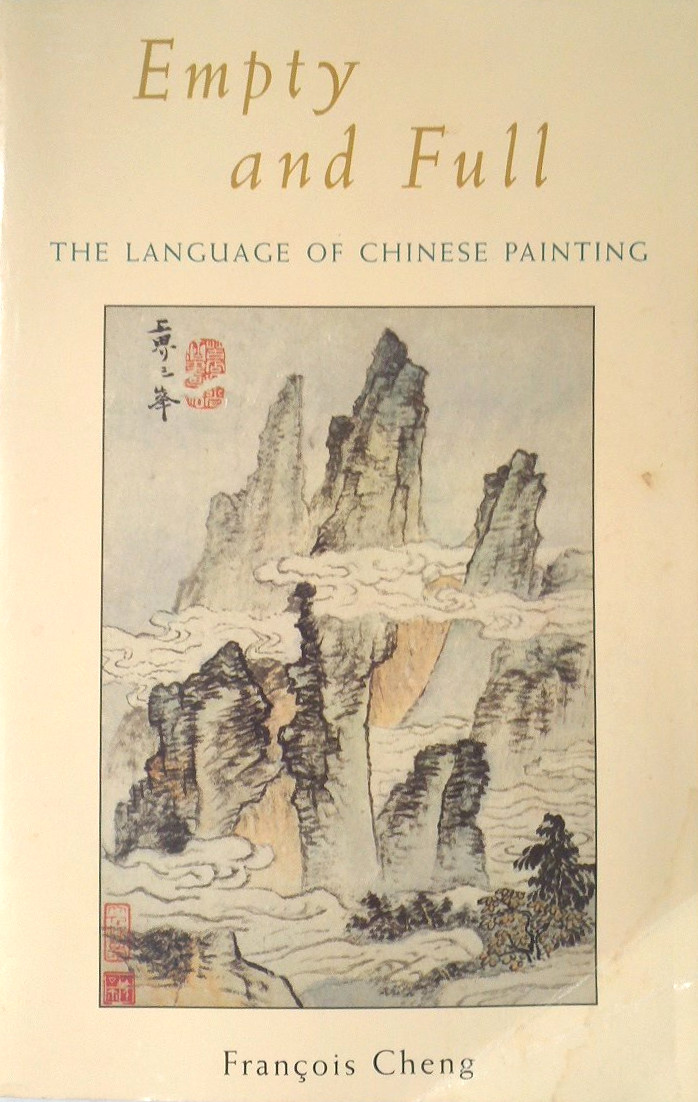François Cheng: Empty and Full: The Language of Chinese Painting (1979–) [ES, EN]
Filed under book | Tags: · art criticism, art history, china, painting, philosophy, semiotics

“Chinese painting might be called ‘philosophy in action,’ for it is one of the highest expressions of Chinese spirituality. Both a medium for contemplation leading to self-transcendence and a microcosm embodying universal principles and primal forces, it is a means for making manifest the Chinese worldview. At the heart of this worldview is the notion of emptiness, the dynamic principle of transformation. Only through emptiness can things attain their full measure and human beings approach the universe at the level of totality. Focusing on the principle of emptiness, François Cheng uses semiotic analysis and textual explication to reveal the key themes and structures of Chinese aesthetics in the practice of pictorial art. Among the many Chinese writers, poets, and artists whose writings are quoted, he gives special emphasis to a great Ch’ing dynasty theoretician and painter, Shih-t’ao. Twenty-seven reproductions of the words of Shih-t’ao and other masters illustrate the interpretive commentary.”
First published as Vide et plein: le langage pictural chinois, Seuil, Paris, 1979.
Translated by Michael H. Kohn
Publisher Shambhala, Boston and London, 1994
ISBN 0877739560, 9780877739562
ix+158 pages
via doublr
Vacío y plenitud (Spanish, trans. Amelia Hernandez and Juan Luis Delmont, 1985/93, 13 MB, via Amir Brito)
Empty and Full (English, trans. Michael H. Kohn, 1994, 8 MB)
Leave a Reply

